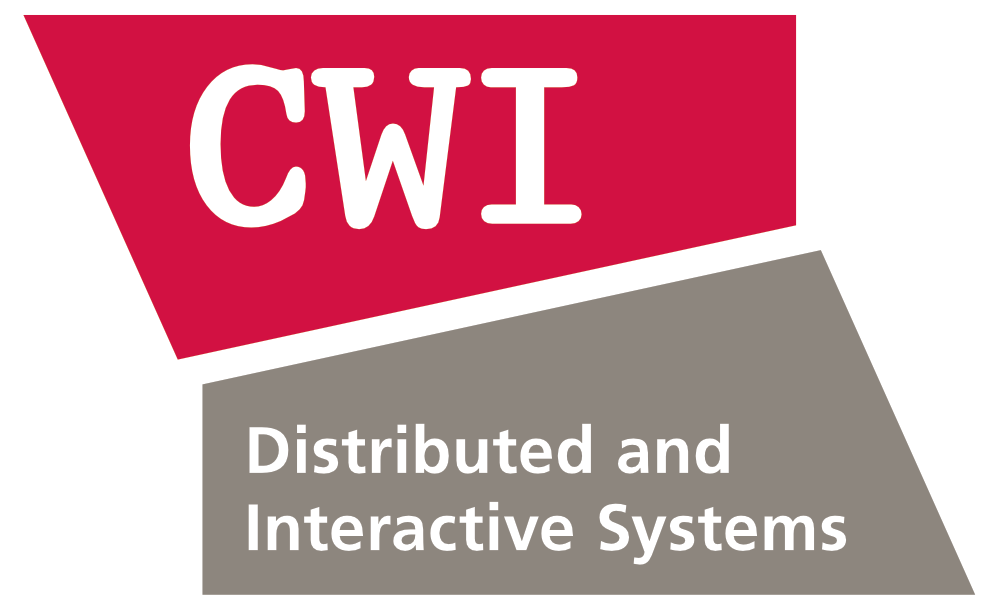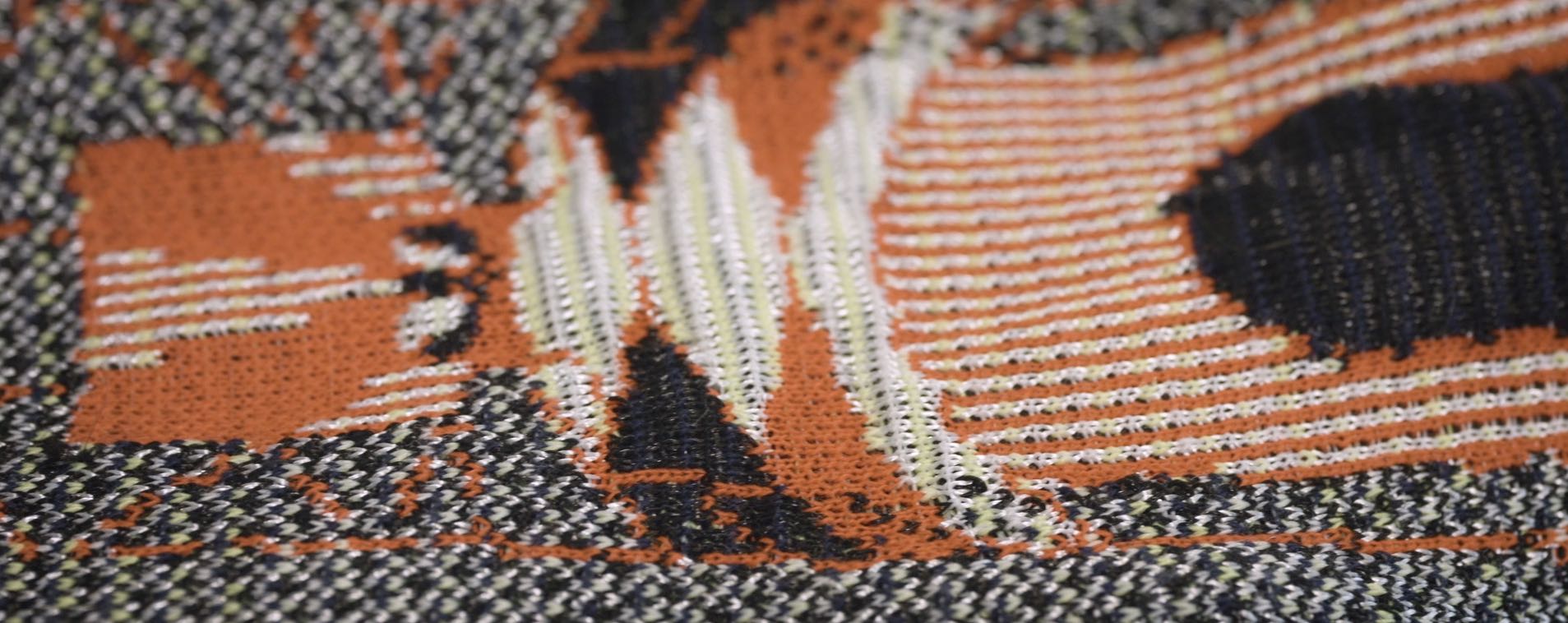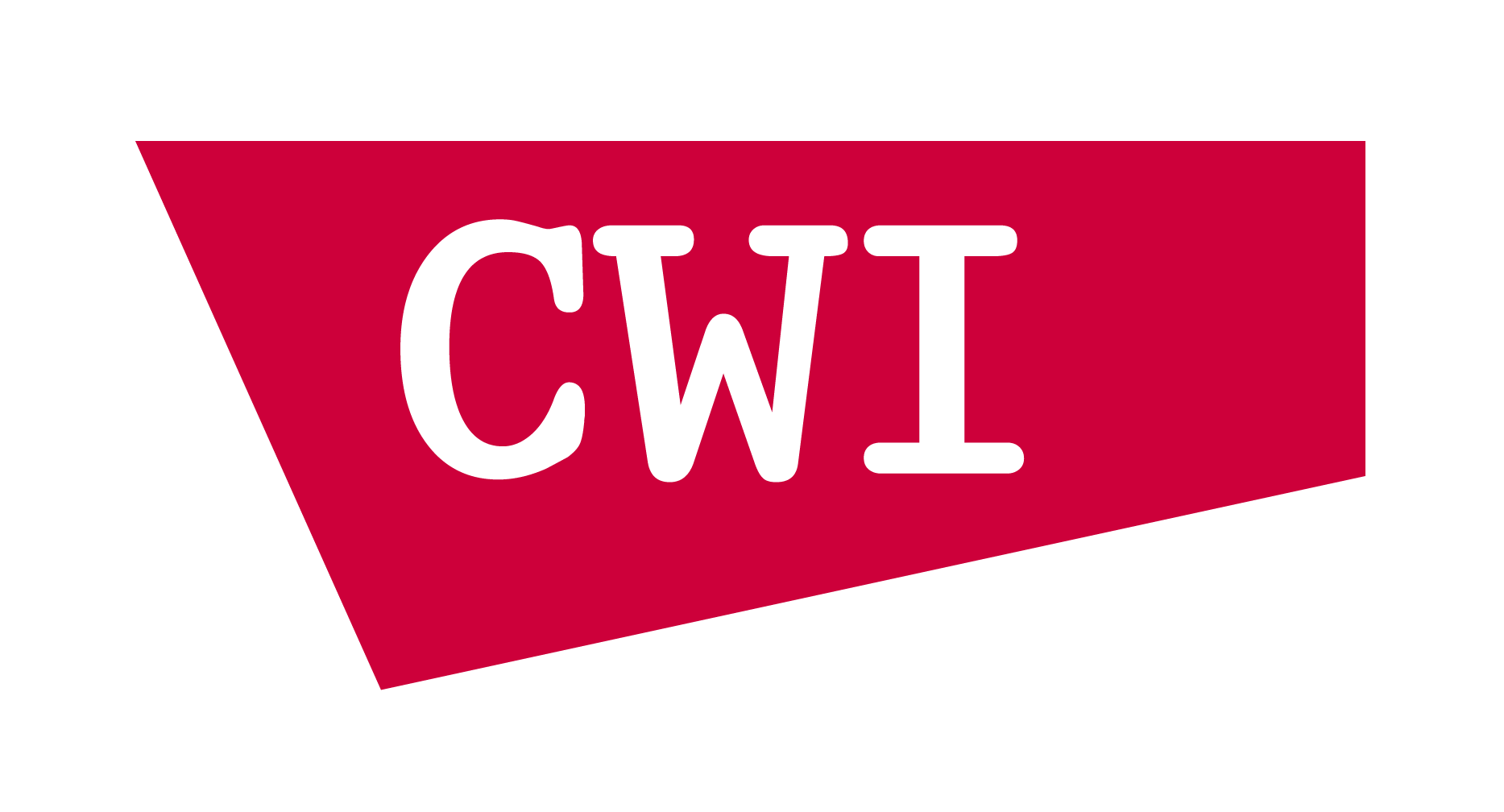DIS contributes to MPEG’s work on Point Cloud Compression

Publication date: 25-07-2017
The Distributed and Interactive Systems group from Centrum Wiskunde & Informatica (CWI) has been a core contributor to the effort of Moving Picture Experts Group (MPEG) on 3D point cloud compression technologies. This effort aims at providing efficient representation of static objects and scenes, as well as dynamic objects and real-time acquisition environments. It has resulted in a recent call for proposals from MPEG (which expects to attract many submissions from the most representative industrial partners.
Point Cloud Compression Technologies and Test Lab
Rufael Mekuria, PhD from DIS at CWI (and now working for Unified Streaming) has been the co-chair of the ad-hoc group on Point Cloud Coding at MPEG. The work presented in his thesis -now available as open source- has been used as the basis to generate the anchors included in the MPEG call for proposals. DIS has been recently selected as the Test Lab for the subjective evaluation of the coming proposals as well. All these activities and results position DIS as a leading expert on point cloud compression technologies, and objective and subjective evaluation of such technologies.
Point cloud
A point cloud is a set of points in a 3D space each with associated attributes, such as color and material properties. Point clouds can be used to reconstruct an object or a scene as a composition of such points. They can be captured using multiple cameras and depth sensors in various setups and may be made up of thousands up to billions of points in order to realistically represent reconstructed scenes. Compression technologies are needed to reduce the amount of data required to represent a point cloud. As such, technologies are needed for lossy compression of point clouds for use in real-time communications. In addition, technology is sought for lossless point cloud compression in the context of dynamic mapping for autonomous driving, six Degrees of Freedom (6 DoF) virtual reality, and cultural heritage applications. The standard to be developed will address compression of geometry and attributes such as colors and reflectance, scalable/progressive coding, coding of sequences of point clouds captured over time, and random access to subsets of the point cloud.
New strategies for 3D data
Rufael Mekuria from CWI has developed strategies for compression and transmission of reconstructed 3D data in internet infrastructures. His research focuses on networking issues for 3D media content, specifically real-time 3D-Tele immersive content. It envisions that end-users can use various 3D capturing devices to create 3D representations of themselves and transmit them in real-time. Representations include triangle meshes and point clouds reconstructed from multiple depth images and spatial audio reconstructed with microphone arrays. These representations are currently not well supported by existing media codecs and transmission schemes and will enable new virtual reality and 3D tele-porting capabilities.


